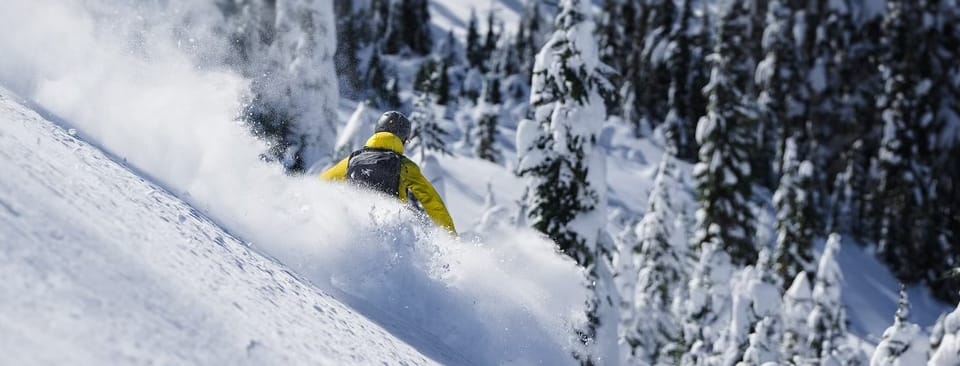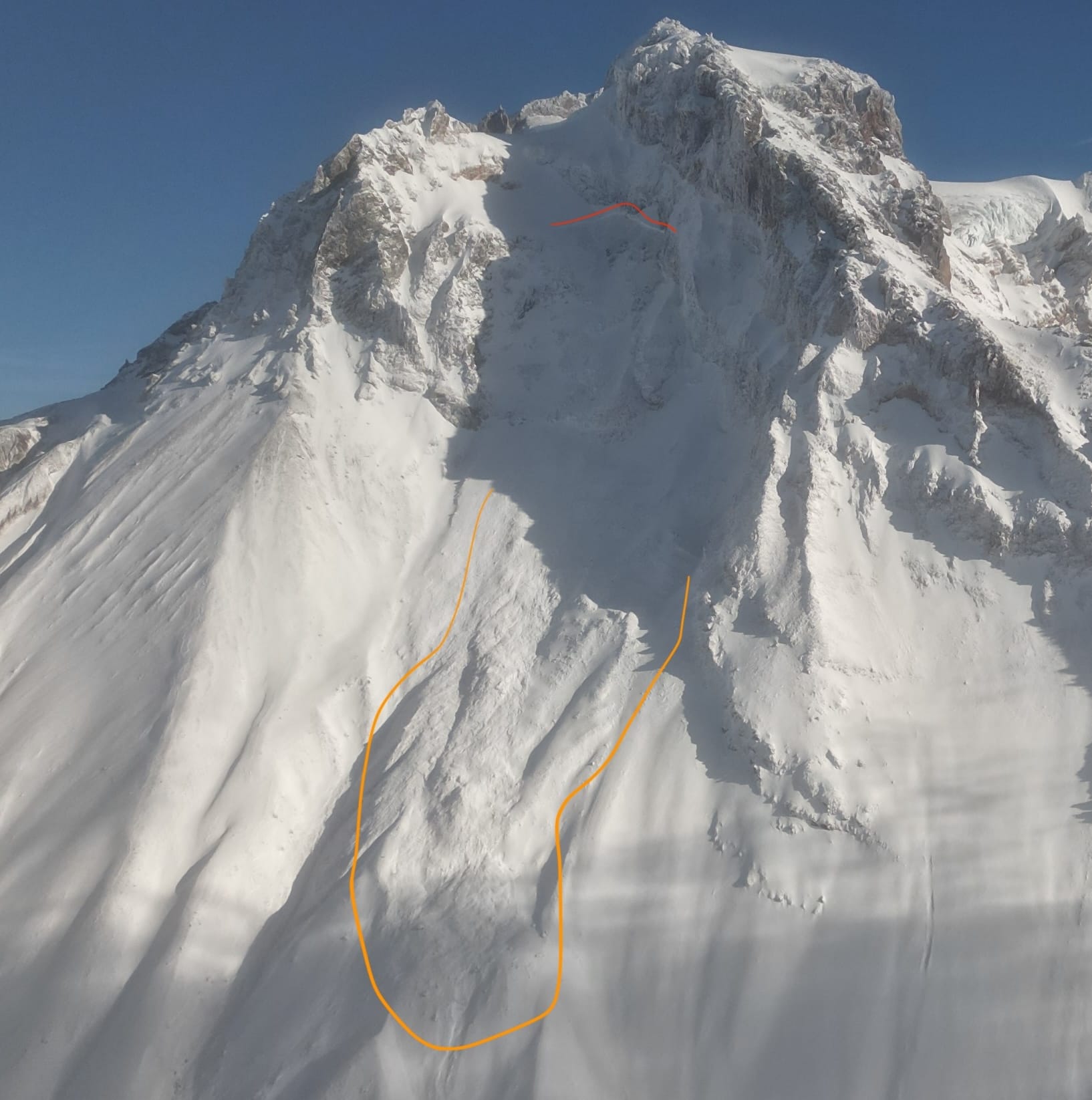Setting a strategic mindset for decision making

The season is still in its infancy but we’re seeing more and more folks getting out in the mountains! We’ve got a short conditions update and then a great article on creating a mindset for decision making in the mountains before heading out the door.
Current Conditions:
We’re in that fun time of the fall with snow stacking up, especially in the high alpine but it’s still difficult to get to without a big hike. We’ve talked to folks working for turns at Brandwine, Shovelnose, Wedgemount, Blackcomb, Brohm, and even Seymour! The universal theme is that skiable snow this week was around 1200m on flat terrain (like roads) and closer to 1600m off-trail. Big boulderfields are still a no-go (Rethel) and rocks are everywhere.
Our last storm over the weekend dropped >30cm of new snow on our existing base and came with extreme winds on the North Shore but less so in the Sea to Sky. Small windslabs did form early in the week but strong solar input seems to have settled these out very quickly. Eric did spot a large (sz 2+) avalanche on the west face of Dalton Dome.

Mid-week we saw an increase in temperatures and fast settlement of the snowpack. This created sticky ski conditions and quality went downhill on Wednesday and Thursday. These warmer temps are promising for the overall stability and base building but aren’t great for current quality. Stay focused on what’s to come.

Currently the forecast for the weekend looks warm and wet. Freezing levels skyrocket to almost 3000m Thursday into Sunday while precip starts early Friday morning. Luckily FLs come back down Sunday into Monday and stabilize through mid-week. We’ll be skipping the skiing this weekend and hoping for pow next week! If you do get out, watch for new windslabs forming as the storm gets colder and windier.
Adopting a Daily Mindset for Backcountry Skiing
The “human factor” is an unavoidable part of traveling as a group in the backcountry and can have an influence on decision-making throughout the day. While it can be a positive influence, it’s much more common to hear about the negative effects. Human factors are hard to recognize in ourselves. Luckily, there are a few tools we can use to help avoid getting stuck and we’re going to discuss one today.
A “strategic mindset” is a tool developed in the professional (guiding) world. It was first proposed in Roger Atkin’s article, “Yin, Yang + You”. These specific and defined mindsets add a frame of reference to your day and provide a lens to view what is happening in the mountains around you and how you and your group perceive it. As you’re skiing, you can look at the information you’re gathering and use the predetermined mindset to make decisions.
We are all subject to biases that inform how we see the mountains. Having self-awareness, knowing yourself and your “personal red flags” and pairing yourself with partners that often check you (as opposed to complimenting your mindset) is a good way of making objective decisions and building strong mountain partnerships.
Planning the ski day:
Setting our daily strategic mindset is part of the ski day planning process. In the professional world, this has some very specific steps but in the recreational world, it varies dramatically. This may be different for each person but it’s critical to have some sort of plan before you set out for a day of ski-touring.
An advanced recreational planning process ideally includes the following steps:
- Look at local weather stations to see how much new snow has fallen, the wind direction, and what the temperatures are like. Ideally you have an idea of these variables over the past week (or more) and detailed information about the past 24hrs.
- Talk to others and collect conditions reports. There may be info missing from the weather data that other skiers can pass on. (Note: becoming a paid supporter of our newsletter, gets you into our Discord Server where we collect conditions and snow reports from the Sea to Sky in a non-judgemental format).
- Read your daily avalanche bulletin and identify what the avalanche hazards are and their spatial variability (what elevation and aspect to expect them).
A rational analysis of conditions before going into the mountains helps create parameters that simplify the decisions we have to make when we are actually out skiing. Once we have the information about the day we can set our strategic mindset. This mindset becomes one of the final filters to pass information through. These mindsets help frame our biases for the day. Judgments that we make in the field can then be easier when we already have a perspective to look from.
Mindsets:
- Assessment: Assessment is about collecting information from the snow and direct observations of our surroundings. A lot of us get stuck in the assessment mindset because we have so limited chances to go skiing and feel like there is so much unknown.
- Stepping Out: Stepping out is used to describe a mindset when you feel confident in the conditions, the stability, and the outcome. It is usually reflective of a lower avalanche hazard rating. This may be a “small” step if information is limited or a “big” step if you have lots of confidence. Having a mentor, taking a course, or hiring a guide is a good way to help you build confidence to do this. Ultimately, though, we’re still being cautious about specific things, it’s not “open season”!
- Stepping Back: Stepping back is used when there is added uncertainty, like a big change in the weather or the arrival of a new storm. Think “reverse loading” when we get an arctic outflow and all of a sudden the wind shifts from prevailing SW winds to North winds.
- Entrenchment: Entrenchment is often used during dire times when there is a persistent weak layer in the snowpack and it isn’t healing. There is usually high uncertainty about the stability of the snowpack or just high hazard. Last winter in the Coast Range was a good example of this.
- Status Quo: Status quo is used to describe conditions that aren’t really changing. You either don’t feel comfortable stepping out into new terrain yet or haven't seen any glaring red flags to tell you to reel it in. Maybe you return to the same zone on the following day to ski a similar run to the previous day. We don’t see this a ton on the Coast but it does happen when we get stagnant weather.
- Open Season: open season is usually reflective of low avalanche hazard at all elevations + indicative of a green light on conditions, as avalanches are unlikely or isolated to steep or small features. 1-1-1, green brick forecast.
Takeaways:
- Leaving the house with a mindset each day is a great way to frame your perspective of what is happening in the mountains and help determine your decision making.
- Create a framework for planning for your ski tour that works for you and it will pay dividends!
For more information, check out Zenith Mountain Guides and our local avalanche forecast. These updates are supported by SkiUphill Squamish - the best stop for ski touring equipment in the Coast Mountains and made possible by the Sea to Sky Gondola! Use this information at your own risk. Conditions change rapidly from when this report was written!

Member discussion